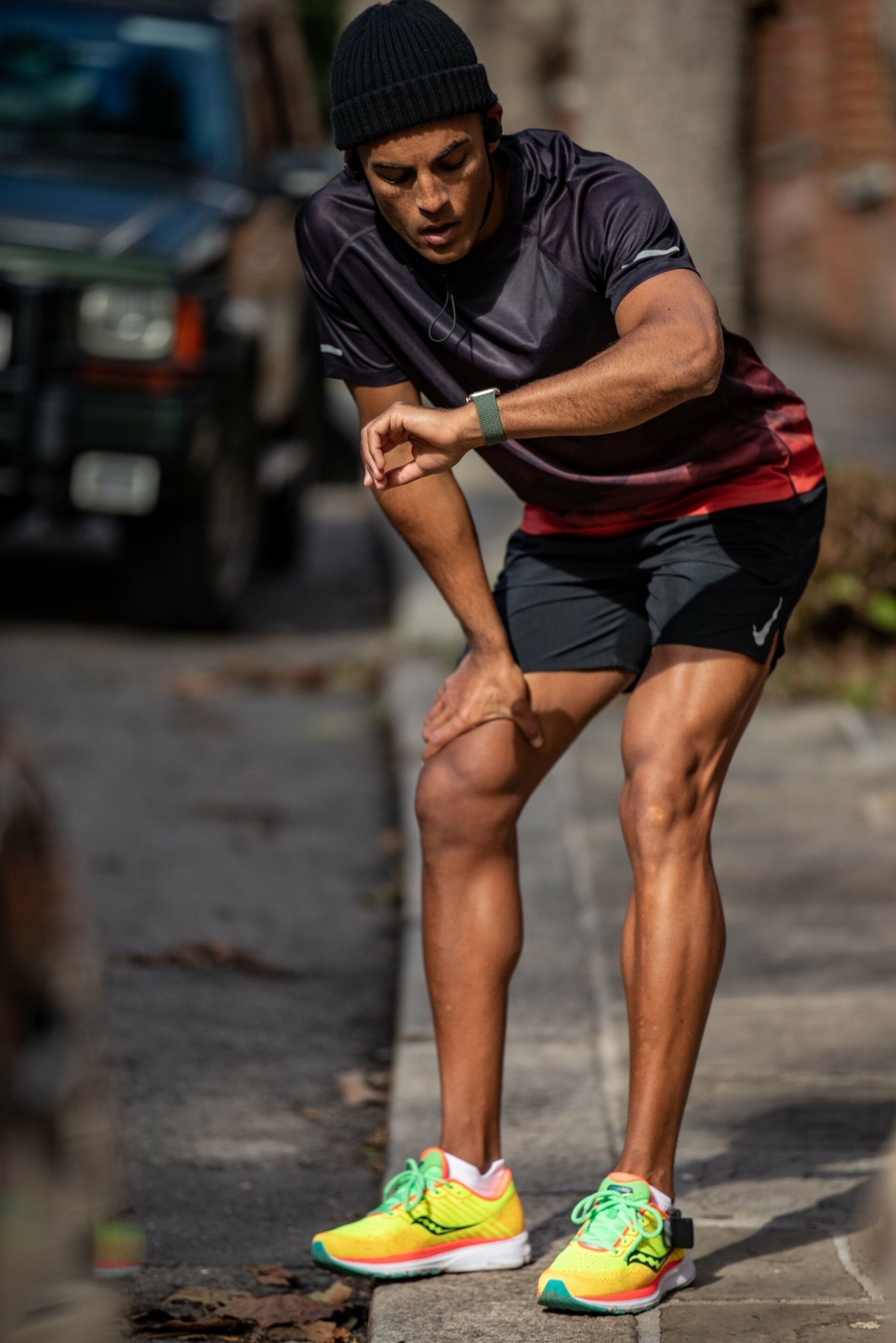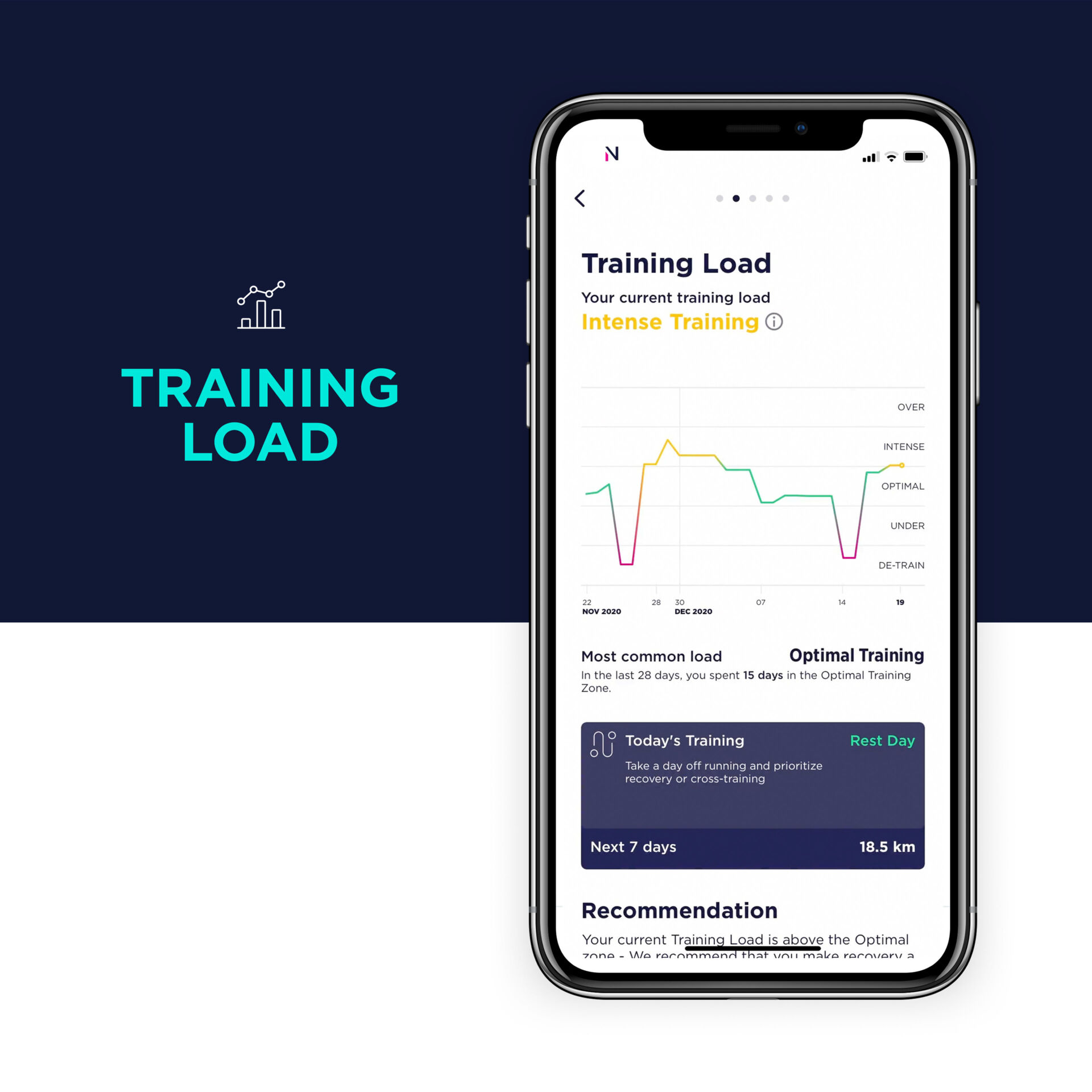Jul 9, 2020
Hip pain after running: what could be causing it and how to treat it
Most runners pick up a niggle from time to time, and hips are a common source of complaint. They’re also pretty essential for running.
The hip is a ball-and-socket joint that joins the thigh to the pelvis. The ligaments in the hip joint boost your stability and the muscles that attach around your hip allow you to move your legs.
If you have sore or stiff hips during or after a run, then, it can really impact your training.
Here’s what could be causing hip pain, how to treat it and how to prevent it in the future.

What should I do if my hips hurt when I run?
Here’s what you can do to ease the discomfort and relieve hip pain after running.
- Ice – to ease pain, place an ice pack (or bag of peas) on the sore area. This should provide some immediate relief and will help reduce inflammation. Do this around four times a day for 15-20 minutes.

- Stretch – in some cases stretching out your hips can help ease irritation, particularly if they feel stiff. Try hip flexor stretches, pelvic tilts and figure 4 stretches.
- Rest – not what you want to hear, but if the pain is severe, resting your legs and not running for a while will give your hips time to heal and prevent the injury getting worse.

- Massage – massaging the sore area will help relieve discomfort and increase blood flow to the affected area. Using a massage gun like Hyperice for recovery helps tremendously.
The best advice if you’re experiencing extreme discomfort in your hips though, is to stop running and visit a medical specialist.
They’ll be able to diagnose exactly what the problem is and prescribe the best form of treatment.

Why does my hip hurt after running?
There are many causes for hip pain or discomfort when you run, although often sore hips in runners are caused by overuse. Some of the most common causes of discomfort are
Common causes of hip pain for runners
- Tendinopathy and muscle strains
Muscle strains and tendinopathies – a degeneration or inflammation of the tendon – usually start as a niggle and gradually get worse. You might feel pain and stiffness in and around your hips, especially when you try and run.
- IT band syndrome
The iliotibial (IT) band is a sheath of tissue which runs down the outside of your leg, from your hip to just below the knee. IT band syndrome is a very common running injury, causing pain on the outside of the knee and sometimes the hip or thigh.
- Hip bursitis
Bursitis happens when fluid-filled sacks called bursa, that protect your joints, become inflamed. Hip bursitis causes pain on the outside of the hip.

How can I prevent hip pain when running?
There are a few things you can do to prevent hip pain when running, these include:
- Strength and conditioning
Adding a few simple bodyweight exercises to your training regime can help reduce any strength imbalances and prevent hip pain.
‘Bridges, hamstring raises and fire hydrants will help with your range of motion and get your glutes firing,’ says NURVV biomechanist Dr Grant Trewartha.
‘Side planks and side planks with leg raises are great for targeting your glute medius, too.’

- Don’t do too much too soon
Lots of hip niggles and injuries happen when you suddenly increase your running volume or intensity. To make sure you’re not doing too much, too soon, keep an eye on your training volume.
NURVV’s Training Load feature will help you progress your mileage safely and ensure you’re not putting yourself at unnecessary risk of injury.

- Look at your running form
Every runner has their own unique style of running, but your biomechanics can mean you’re more prone to certain types of injuries.
- Overpronation
‘Runners that tend to run with hip adduction may be more at risk of hip pain,’ says Grant. Hip adduction is when your thighs point inwards towards the midline as you land.
Runners who excessively over pronate – when your foot rolls inwards as you land – often have higher hip adduction.’
If you over pronate, lower leg and foot exercises such as towel curls, calf raises and resistance band exercises can help you develop more control of your foot motion during running.
Supportive running shoes may also be beneficial for runners who over pronate.
Take a look at our guide to improving pronation for more exercises.
2. Over striding
Some hip problems can also be attributed to over striding – when your foot lands ahead of your hip as you run.
To prevent over striding, Grant recommends looking at your cadence. ‘If you increase the number of steps you take per minute, typically what you’re going to do is reduce your step length,’ he says. ‘That will reduce overstriding and can potentially reduce hip adduction.’


